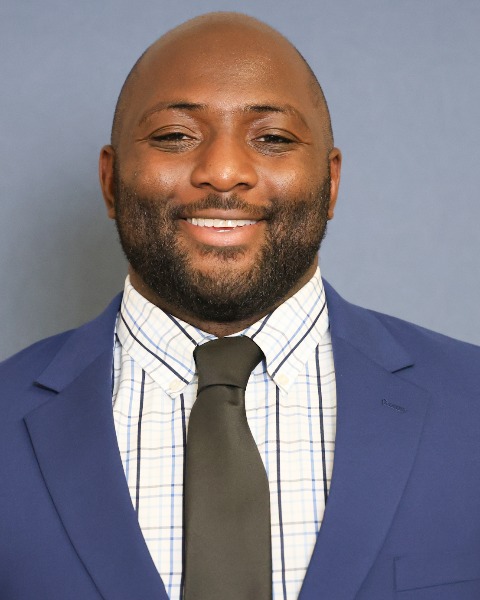Resistance Training/Periodization
(20) PHYSIOLOGICAL CHARACTERISTICS OF AMERICAN FOOTBALL ATHLETES: A CASE STUDY TO SUPPORT SPORT SCIENCE APPROACHES


Quincy R. Johnson, CSCS*D, NSCA-CPT*D
Assistant Professor, Assistant Director
University of Kansas, Jayhawk Athletic Performance Laboratory
Lawrence, Kansas, United States
Yang Yang, MS, CSCS
Ph.D student
University of Kansas
Lawrence, Kansas, United States- DS
Dayton Sealey
Director of Loper Performance
University of Nebraska Kearney
Kearney, Nebraska, United States - CF
Clay Frels
Graduate Assistant
University of Nebraska Kearney
Kearney, Nebraska, United States - SS
Shane Stock
Head sports performance coach
University of Nebraska Kearney
Kearney, Nebraska, United States - DG
Dalton Gleason
Assistant sports performance coach
University of Nebraska Kearney
kearney, Nebraska, United States - KA
Kazuma Akehi
Associate professor
University of Nebraska Kearney
kearney, Nebraska, United States 
Dimitrije Cabarkapa, PhD, CSCS*D, NSCA-CPT*D, USAW
Associate Director
Jayhawk Athletic Performance Laboratory - University of Kansas
Lawrence, Kansas, United States
Andrew C. Fry, PhD, CSCS*D, FNSCA*E
Professor
University of Kansas
Lawrence, Kansas, United States
Poster Presenter(s)
Author(s)
American football is a dynamic, intermittent, high-intensity collision sport which often requires athletes to block, tackle, sprint, jump, and change directions to succeed. To better support athletes’ health, well-being, development, and performance collaborative sports science research efforts to better support organizational approaches could be implemented. PURPOSE: The purpose of this study was twofold: a) to profile anthropometric and physical fitness characteristics of collegiate American football athletes; b) to examine differences in general measures of body composition, movement capacity, muscular strength, and muscular power across position groups.
Methods: 16 (Linemen, n = 3; Big skill, n = 6; Skill, n =7) National Collegiate Athletic Association (NCAA) Division II American football athletes volunteered to participate in this study. Body mass characteristics were measured utilizing a bioelectrical impedance analyzer (InBody 270, Cerritos, CA, USA), while movement capacity was assessed via a markerless three-dimensional movement screen (DARI Motion, Overland Park, KS, USA). Muscular strength was assessed via isometric mid-thigh pull (IMTP) while muscular power was assessed via countermovement jump and multi-rebound tests. Ground reaction forces for each type of assessment were sampled at 1000 Hz using a wireless uniaxial dual force plate system (Hawkin Dynamics Inc., Maine, USA). Descriptive statistics, means and standard deviations were calculated for each variable. Kruskal-Wallis one-way analysis of variance by ranks test with Dunn test post-hoc adjustments were used to examine position differences between position groups with α priori set at p < 0.05.
Results: The findings of this study suggest that significant differences in body composition (p = 0.004), muscular strength (p = 0.01), and muscular power (p = 0.03) exist between position groups. However, no significant differences were observed in movement capacity as assessed by the bilateral squat test (p > 0.05).
Conclusions: Overall, these findings provide additional insight into the unique anthropometric and physical fitness characteristics of collegiate American football athletes, specifically those competing at the NCAA Division II level of play. This information can be utilized by strength and conditioning professionals to enhance the health and performance of the American football athlete through the development of interdisciplinary collaboration. PRACTICAL APPLICATION: Findings from this investigation suggests that jumping velocity, jump-phase specific power and force, and kinematic sequencing should be emphasized and potentially made specific within strength and conditioning programs for the American football athlete if the goal is to improve CMJ performance, which may subsequently improve athletic potential and performance.
Acknowledgements:
The authors would like to acknowledge the support of this work by the Wu Tsai Human Performance Alliance and the Joe and Clara Tsai Foundation.
Additionally, this project was funded in part by the University of Nebraska at Kearney’s INSpRE Instrumentation Core.
